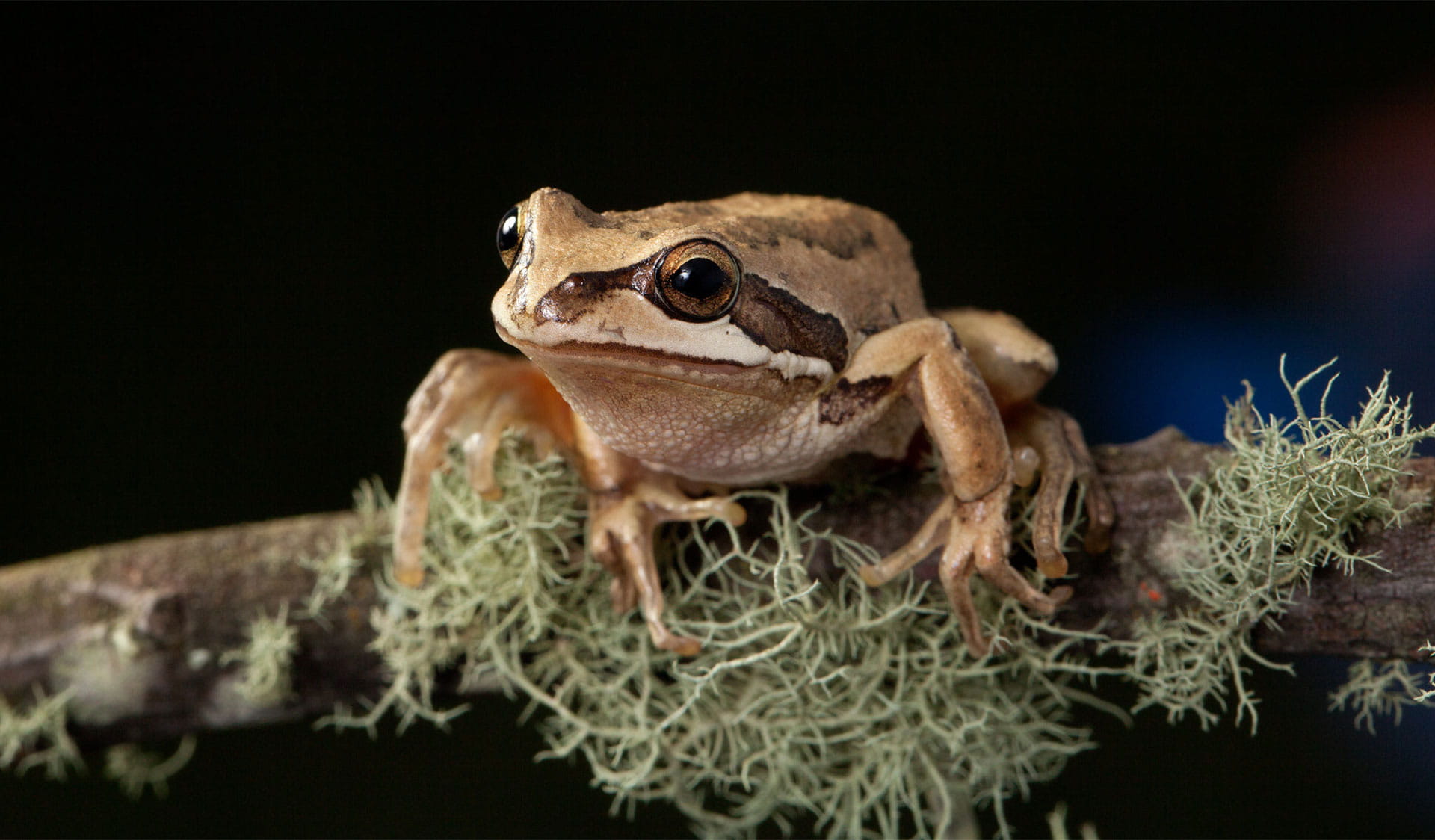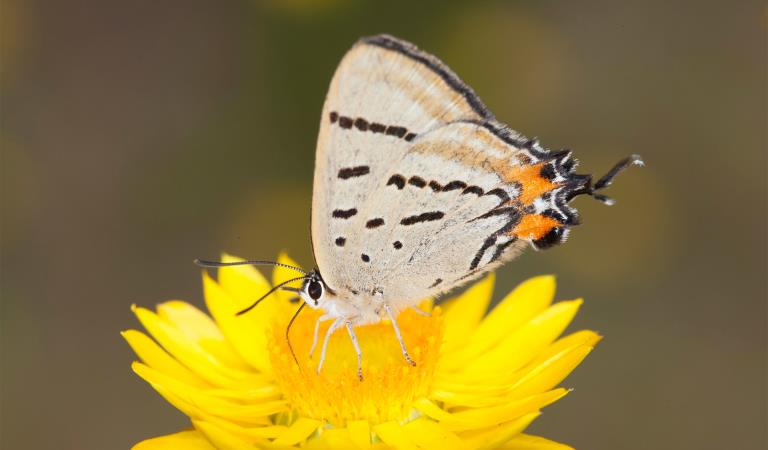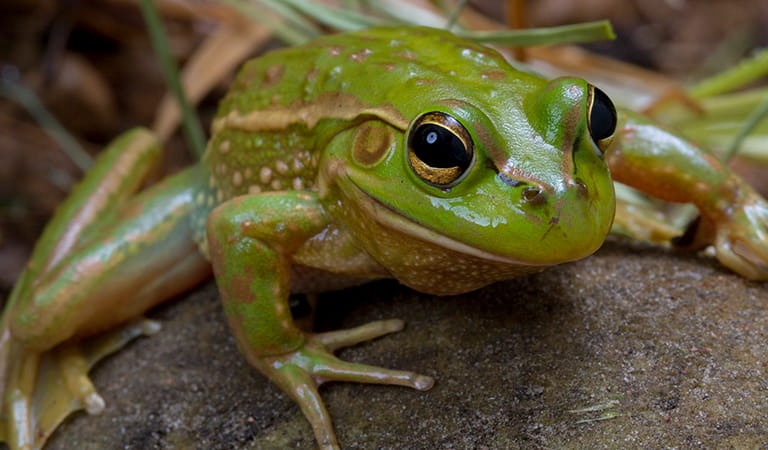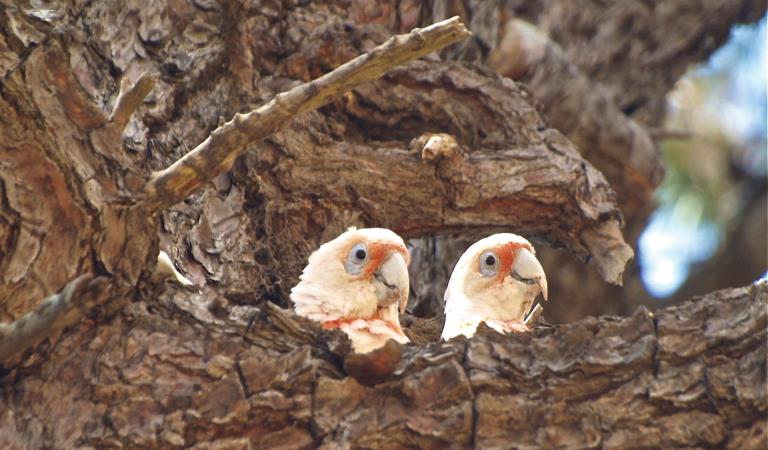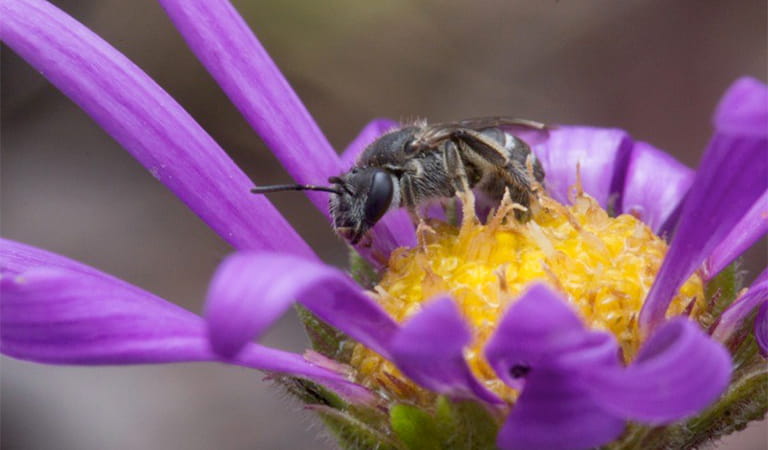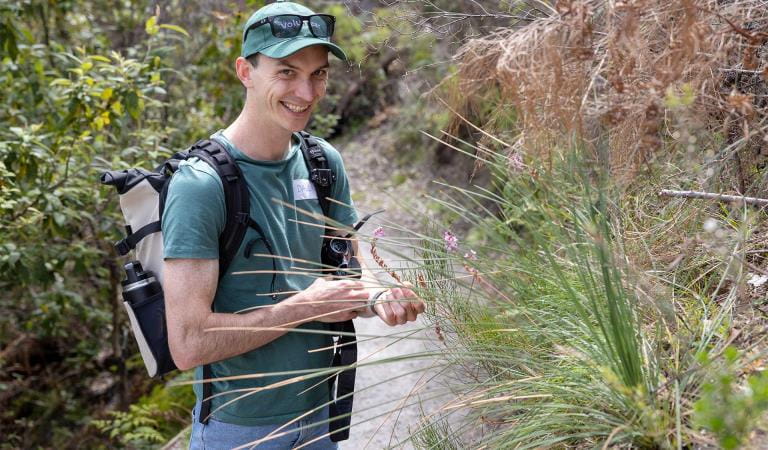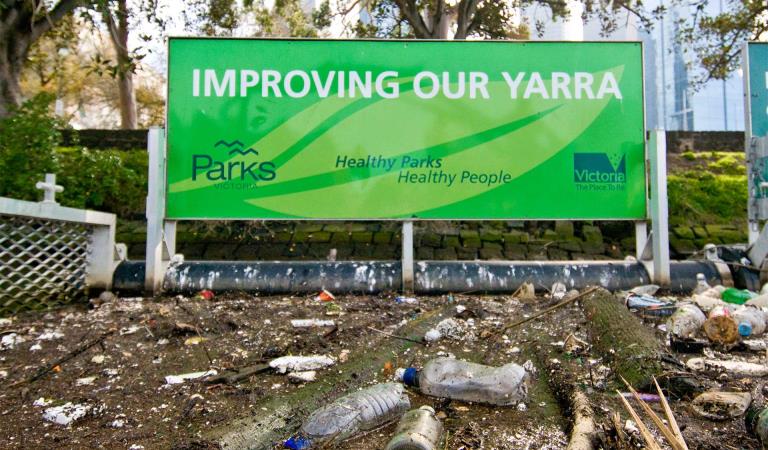Citizen Science
What is citizen science?
Do you participate in surveys? Take photos of nature? Count wildlife?
Did you know that you may be doing citizen science?
Around the world, millions of people, just like you are collecting data by taking photos of nature, documenting changes in the environment, and using smartphone apps to help scientists monitor biodiversity, water and air quality. One person or millions of people can work together on a citizen science project to achieve a common goal.
There have been many significant citizen science discoveries in Victoria, including the Giant Gippsland earthworm, which to this day is regarded as the longest in the world!
Become a citizen scientist
Nature is good for people, and more people understanding and supporting our environment is good for nature. Anyone can get involved in understanding and supporting our environment through citizen science programs.
Citizen science builds new relationships between people, science and nature. It can also increase the collection of targeted data for evidence-based decision-making, raise awareness of the importance of nature and develop a shared approach to supporting our amazing biodiversity.
Step 1: Start making observations
An easy way to get started on your citizen science journey is to download a citizen science app and start making observations in your own backyard. You’ll be amazed by the variety of living things in your neighbourhood and your knowledge will increase exponentially! See how you can get started (PDF).
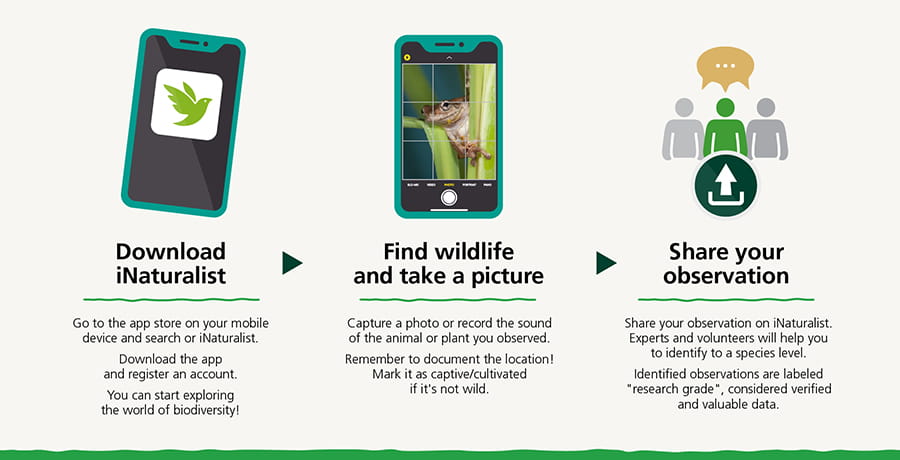
iNaturalist
One of the world's most popular nature apps for citizen science, iNaturalist helps you identify the plants and animals around you. Research grade, sharable records from iNaturalist feed into the Atlas of Living Australia, a platform that makes it accessible and reusable to create a detailed picture of Australia’s biodiversity for scientists, policy makers, environmental planners and land managers, industry and the general public.
Step 2: Join a project and discover a community of interest
Once you have made some observations and have become familiar with citizen science apps like iNaturalist, you might want to consider joining a project. There are many citizen science projects to explore. You might be attracted to a particular community of interest, such as fungi or pollinating insects, but you can also join more general biodiversity collection projects like a local BioBlitz. Some projects have their own apps that you’ll need to download, whilst others use an existing platform like iNaturalist.
ParkConnect
FrogID
Aussie Backyard Bird Count
Australian Pollinator count
Climate Watch Trails
LitterWatch
Join a group and learn from the experts
Some organisations carry out field research to collect crucial information for scientists. Before gathering data, some of these projects ask that participants complete training to increase their expertise.
NatureWatch
This initiative, run by the Victorian National Parks Association, empowers community volunteers with the skills to gather vital data on the fauna and flora of Victoria.
To find out more, visit the NatureWatch website.
Field Naturalists Club of Victoria
The Field Naturalists Club of Victoria (FNCV) is Victoria's oldest natural history group, established in 1880. Volunteers participate in surveys to collect data which is used to increase scientific knowledge and for environmental issues.
To find out more, visit the Field Naturalists Club of Victoria website.
ReefWatch
This marine citizen science initiative is run by the Victorian National Parks Association. It trains volunteers how to gather crucial data on fish, invertebrates, and algae at sites around Victoria.
To find out more and get involved, visit the ReefWatch website.
Waterwatch
Waterwatch Australia is an initiative to help us understand, monitor, care for and sustainably manage our most precious natural asset – water.
To find out more and get involved, visit the Waterwatch website.
SWIFFT
Victoria’s State Wide Integrated Flora and Fauna Teams (SWIFFT) connects people with events, information and others interested in threatened species and biodiversity conservation.
To find out more and get involved, visit the SWIFFT website.
Create your own BioBlitz activity
If you already work in a Volunteer group, you might want to consider conducting your own BioBlitz activity to understand and document the biodiversity in your local area.
A BioBlitz is a celebration of biodiversity. It’s an event that focuses on finding and identifying as many species as possible in a specific area over a short period of time. Monitoring the local area through citizen science gives individuals and communities the opportunity to expand their stewardship of places that they care about deeply. Volunteers will gain a greater appreciation of the biodiversity in the area and your group can observe the phenological changes in the ecosystem such as flowering times, breeding cycles and migration movements.
The Parks Victoria Citizen Science Toolkit (PDF) contains some information to help you to organize a BioBlitz event.


